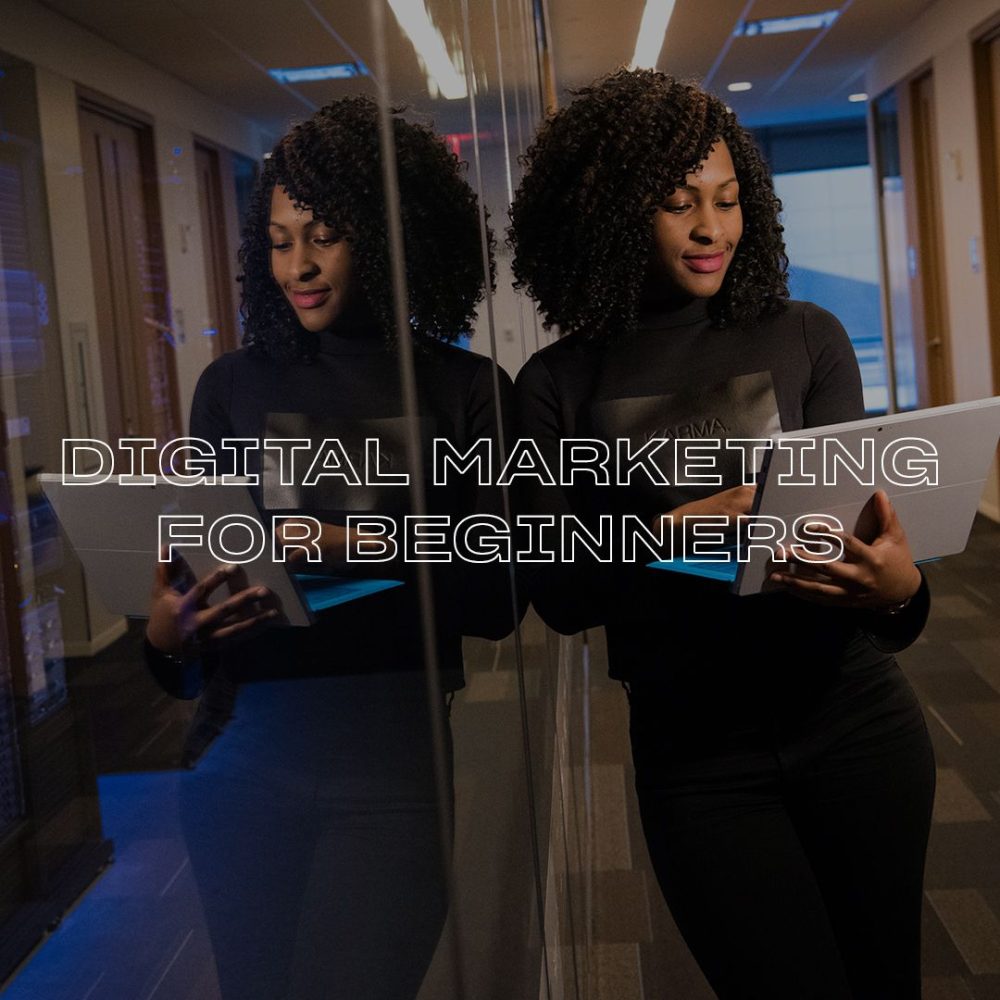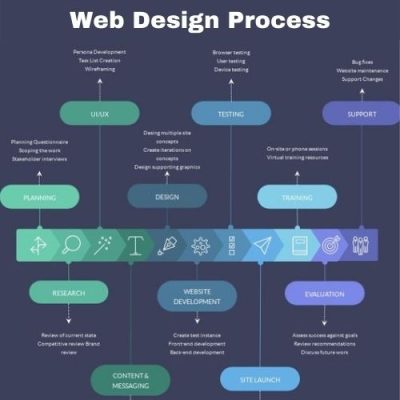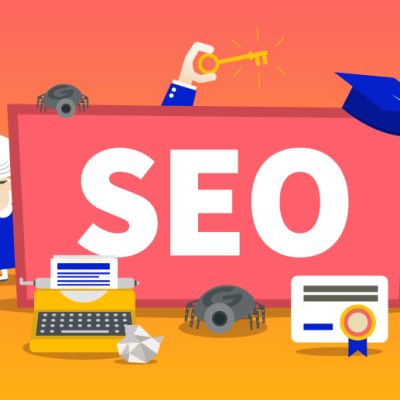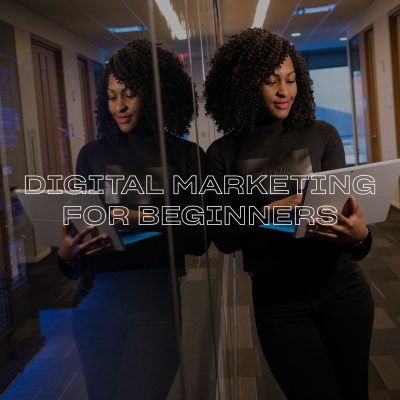DIGITAL MARKETING
Digital marketing is a method of advertising a company’s goods or services online through apps, sites, social media and search engines. This form of marketing focuses on reaching consumers through their phone, laptop, or any other smart device.
Digital marketing is an ever-evolving field. Billions of people actively use the internet, and because of that, marketing has shifted from traditional commercial ads, billboards and paper ads to web-based approaches.
We’re going to dive into the basics of digital marketing for beginners, as well as the different forms of digital marketing. If you’ve considered starting a career as a digital marketer, or you’re simply interested in the field, read on for our beginner’s guide to digital marketing.
Strategies for Beginners in Digital Marketing
If you’re just starting out in the field of digital marketing, the landscape could feel overwhelming. How does one person learn to master the art of gaining followers on Instagram, tracking traffic in Google Analytics, and sending email blasts all at once?
Well, you don’t. If you want to pursue this career, you need to first hone in on your interests and strengths. From there, you can start to build a career – and learn more about the areas where you’re not as well versed. Here are our tips for starting to learn digital marketing.
- Maximize your strengths.
If you’ve always been drawn to numbers and math, then you’re going to kill it when you start learning about data analysis and optimizing ad campaigns. If you’re more on the creative side, you’ll probably love writing blog posts.
There are plenty of areas where you can excel in digital marketing. When you’re just starting out, choose one or two niche areas where you think you’ll really thrive. Hone in on those so you can get some quick wins.
2. Get on-the-job experience.
Once you’ve decided on an initial focus area, put yourself out there. Apply to freelance opportunities or part-time jobs. You can even reach out to local businesses in fields you’re interested in, and offer your services.
Maybe your favorite coffee shop is looking for a someone to manage their Instagram, or a family law practice wants to improve their search rankings. It’s your job to find those opportunities, and market yourself.
3. Learn as much as you can.
Now that you’ve got your foot in the door, you can start pursuing formal education, or teaching yourself about the areas where you’re less knowledgeable. If time allows, consider a structured marketing course.
What Are The Benefits of Digital Marketing?
The field of digital marketing has expanded fast over the last decade, and for good reason. Companies across the globe are interested in finding the people who need their product. Digital marketing allows them to find those customers, target them, and tailor a brand around their needs.
Sophisticated digital marketing campaigns allow companies to:
- Discover new customers
- Reduce the cost of attracting clients
- Keep their existing customers happy
- Improve their branding
Clearly, if you pursue a career as a Digital Marketer, you’ll be in a position to make a lasting impact on an organization’s sales and overall financial health.
Types of Digital Marketing
Now that you have a basic understanding of digital marketing, it’s time to dive a little bit deeper into the specifics. There are many areas of focus when it comes to digital marketing, and each niche can be used for different purposes.
If you’re looking to start a career in digital marketing, it’s important to have an understanding of all of these areas, although you can also make a career out of specializing in one specific realm.
- Search Engine Optimization (SEO):
It’s important that your website appears as high as possible in search engine rankings, so that visitors searching for specific keywords related to your site will find you.
SEO can be used for more than just general web searches. It can also be used to rank images, videos, books, shopping, news and more.
Search Engine Optimization includes the use of keywords and keyphrases, image optimization, outbound and inbound links, and visitor engagement among other practices.
The strategies of SEO keep changing, and it’s important to stay up to date with the latest practices. Some factors that can play a part in the evolution of SEO practices are a change in search engine algorithms, a change in consumer behavior, and an increase in competition.
The factors used to rank sites are a closely guarded secret. Search engines like Google never reveal exactly how their algorithms work to avoid manipulation and unfair practices. Instead, Digital Marketers should focus on creating a good user experience, and adding real value. Original research, insightful analysis, and quality content play a big part in SEO.
2) Search Engine Marketing (SEM):
Search engine marketing includes SEO techniques, as well as paid search engine advertising.
Frequently used services for SEM include Google AdWords and Bing Ads.
SEM is an effective method to display your ad to your target audience only.
SEM is synonymous with PPC or a pay-per-click business model. The cost-per-click varies depending on the competition.
When set up correctly, paid advertising can result in an extremely high return on investment (ROI) for companies. By only targeting relevant keywords, digital marketing professionals can be laser-focused on their target users.
PPC campaigns can be activated and de-activated at the click of a button. This makes them very dynamic. You can use trial and error to quickly learn which keywords, ads, and landing pages work best. You can easily pause under-performing campaigns that don’t convert to sales.
3) Email Marketing:
Email marketing can be as simple as thanking new customers for their purchase, promoting new products, sharing monthly newsletters, sending out exclusive content and more. Email marketing can also get quite complicated if you’re launching a new product or service, or using email marketing as your main marketing tool.
Luckily, there are many platforms that will help you automate your emails. You can use automation tools like MailChimp or ConvertKit for email marketing services.
These tools allow you to track open-rates, and optimize your campaign. You can perform A/B split testing to maximize results. This involves having two versions of your email. By sending a different email to half of your subscribers, you can see which version works best.
You’ll need to keep an eye on open-rates, click-through rates, and ultimately sales.
6) Content Marketing
An important segment of any digital marketing campaign, content marketing is used to gain customer loyalty and trust, improve SEO results and promote products and services.
Content marketing includes blog posts, videos, webinars, and more.
To improve SEO results, you should create content that is useful to your audience and contains targeted keywords and phrases, as well as internal and external links.
7) Social Media Marketing
Social media has become one of the primary ways businesses reach existing customers, and cultivate a new audience.
Savvy brands are strategic about their social media posts, crafting unique content for Instagram, Facebook, Twitter, Pinterest, and other channels.
Social media marketing consists of two main categories: organic posts, and paid content. Organic posts are free, and typically only reach existing followers. Paid social media campaigns are promoted to users who don’t yet follow the brand, but fall into their targe demographic.
How Is Digital Marketing Different from Traditional Marketing?
The first step in learning about digital marketing is to understand how it differs from traditional marketing.
Traditional marketing involves methods such as building catalogs or printing ads in newspapers, whereas digital marketing involves communicating with an audience through methods such as social media, email, blogs and more.
There are more avenues to choose from when relying on digital marketing instead of traditional marketing tactics. Traditional marketing is limited to TV, radio, newspapers, and phone calls. In the digital marketing landscape, there are numerous delivery channels such as Facebook, Instagram, Youtube, blogs, apps, websites and more.
Despite the differences in digital and traditional marketing, both methods have similar objectives. Choosing which marketing channels to use entirely depends on the purpose of the marketing. Both styles of marketing, however, need to focus on the target audience first and foremost before setting up any marketing strategy.
Resources for Learning More
Digital marketing is constantly changing, and that means you should never stop pushing yourself to learn. Network with other marketers to find out what works for them (and what doesn’t). Sign up for some marketing podcasts and blogs.
And if you’re ambitious (as many marketers are), sign yourself up for an online course in digital marketing to achieve your highest salary potential.
Your Future Digital Marketing Career
Digital marketing is a fast-moving industry that continues to grow and evolve every day. If you enjoy the challenge of generating traffic, grabbing the attention of users, and converting clicks to sales, a career in digital marketing could be perfect for you.
One of the best ways to get started is by enrolling in our digital marketing bootcamp. We teach you exciting career-ready skills and focus on practical learning rather than tiresome theory. Our aim is to get you hired at a top tech firm, fast.
And if you want to get a head start, start brushing up on some of the tools favored by Digital Marketers.
Wherever your path takes you – toward paid social advertising, organic search or content strategy – you’ll have a bring future in marketing.






